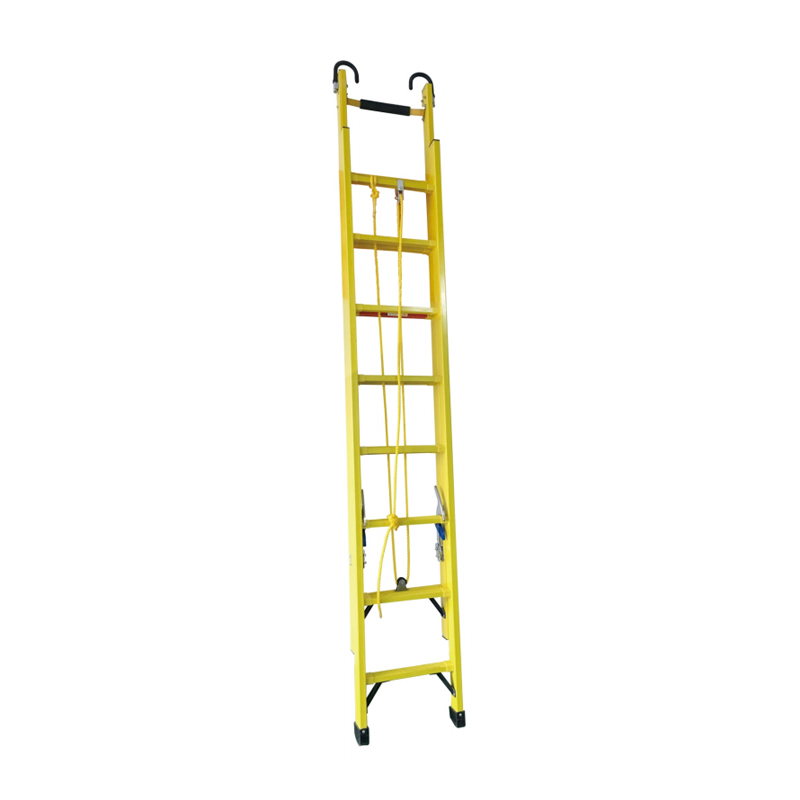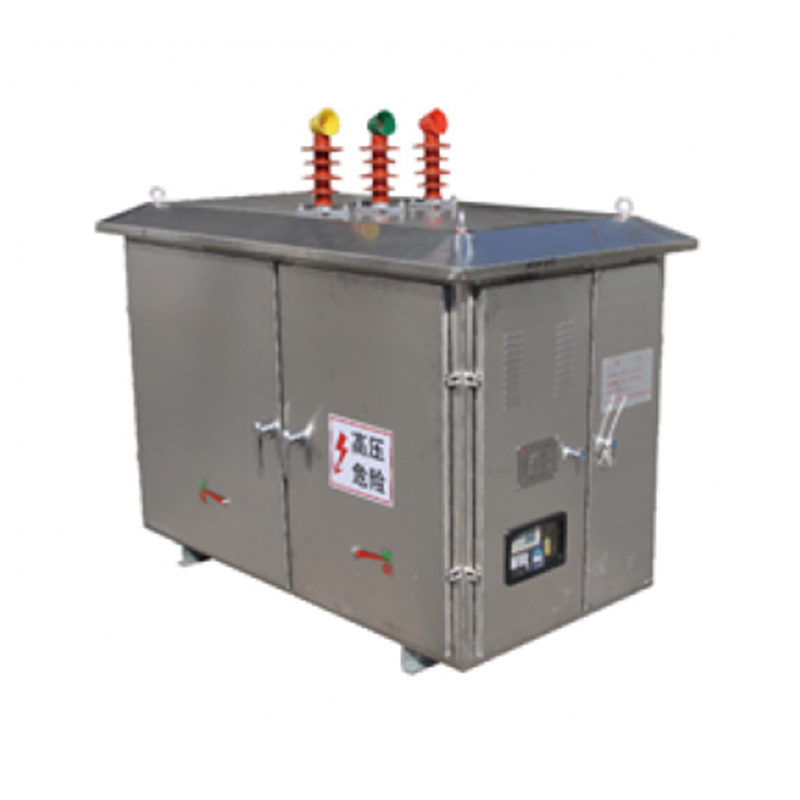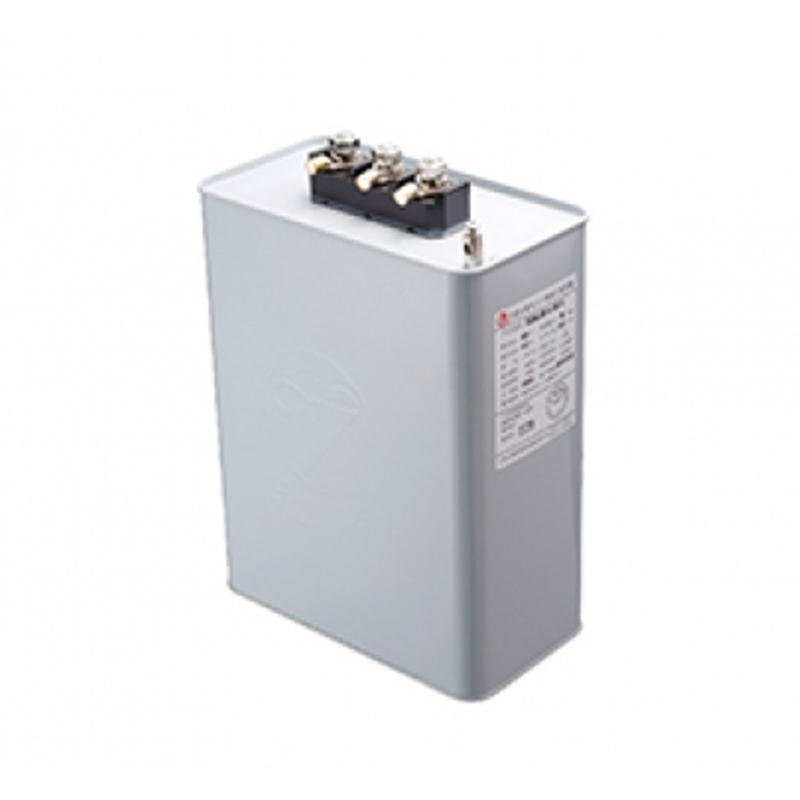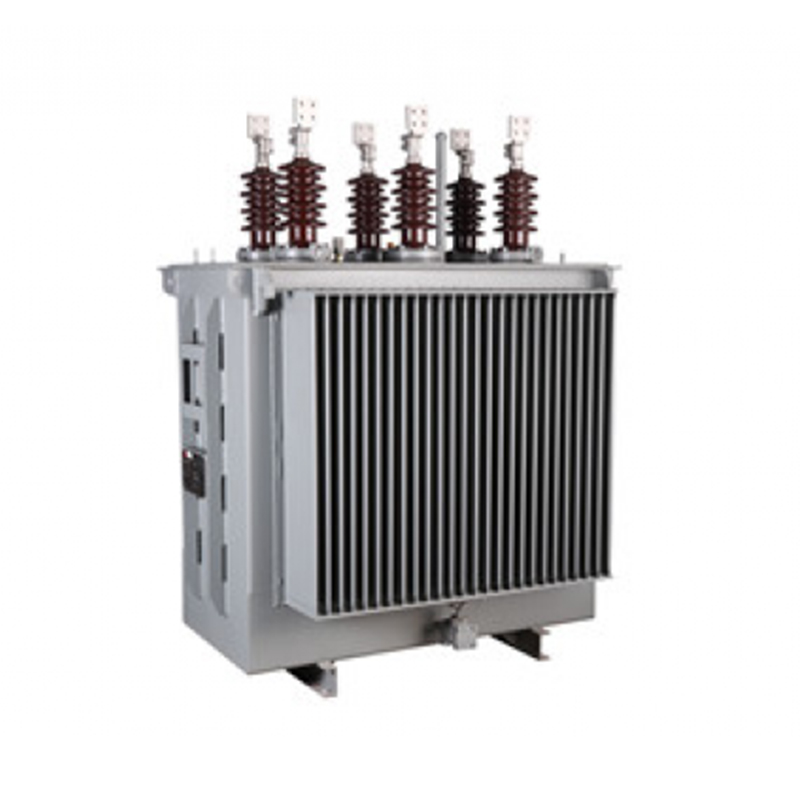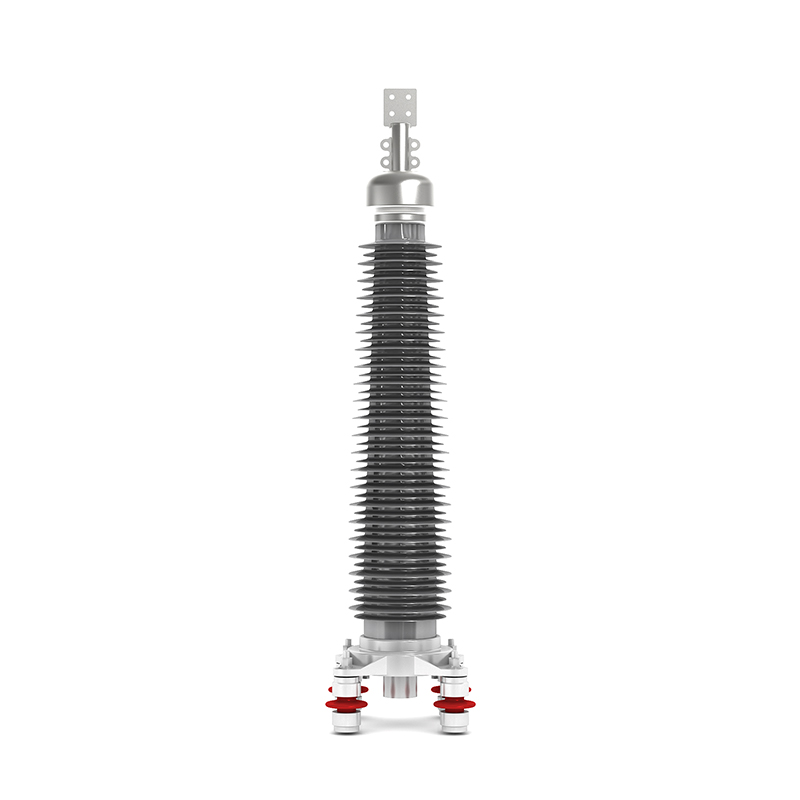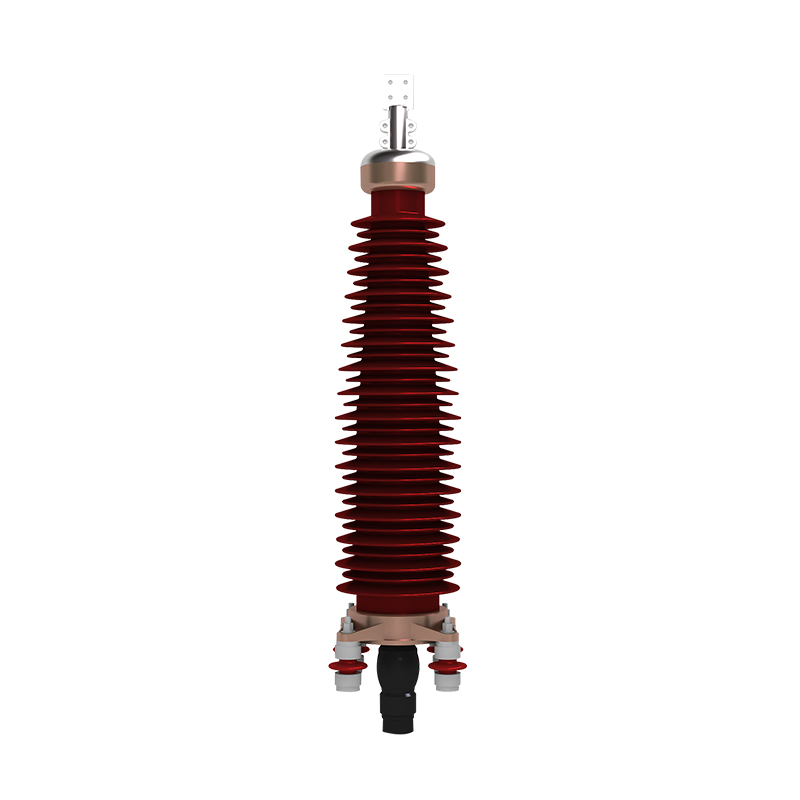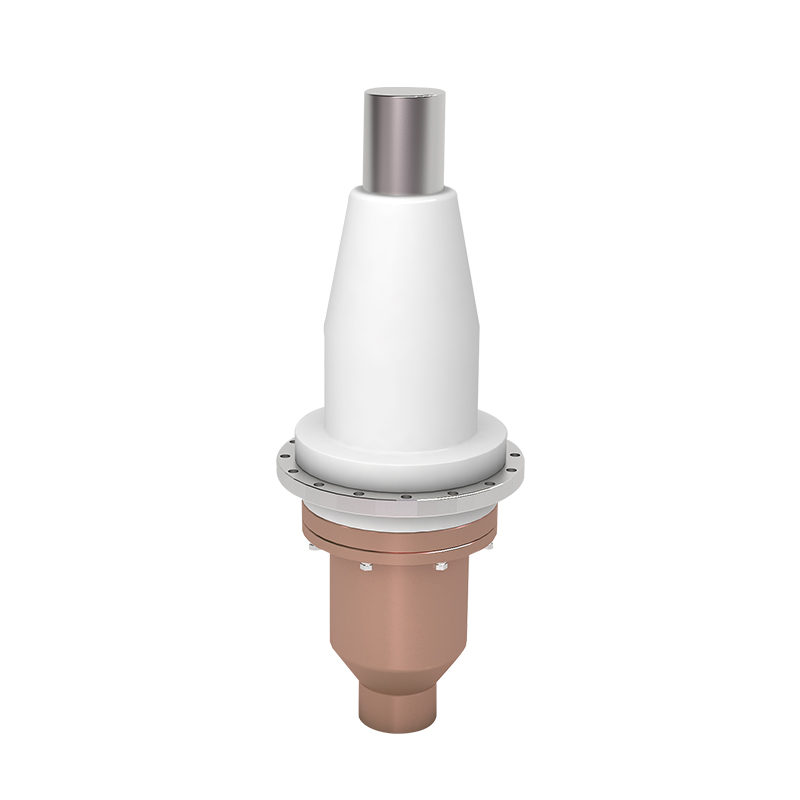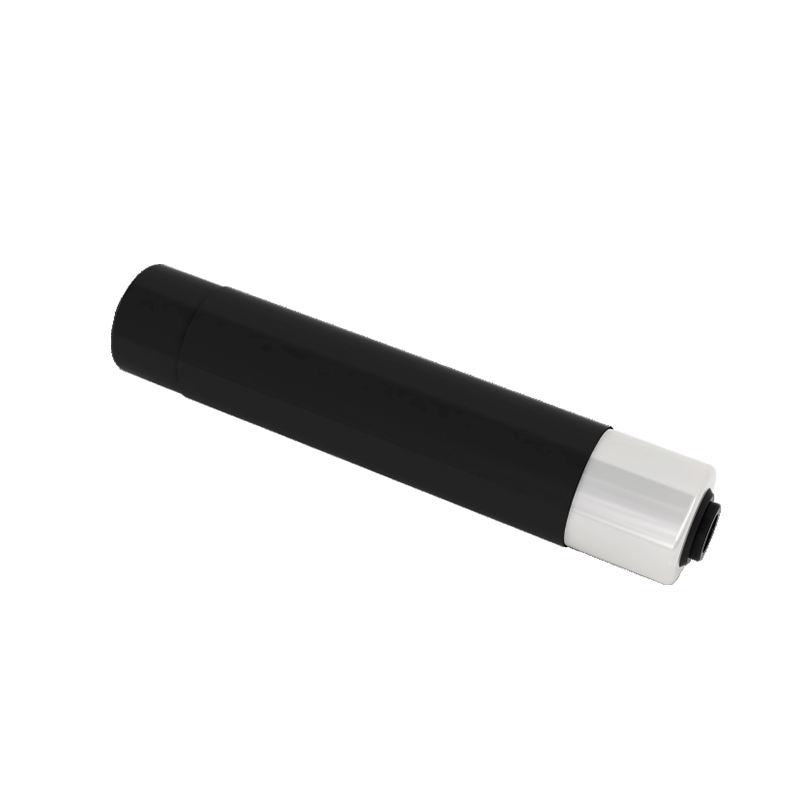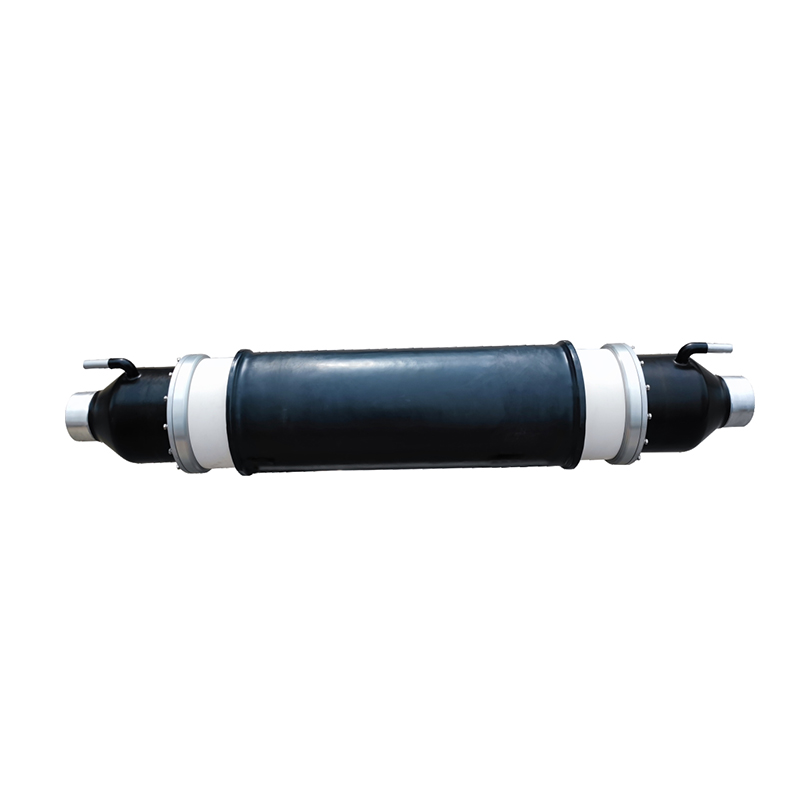How Aerial Bundle Conductor Cables Improve Safety and Reliability in Networks
Aerial bundle conductor cables, commonly referred to as ABCs, have gained traction due to their unique ability to minimize the risks associated with traditional overhead wiring systems. Traditional overhead power lines often consist of bare conductors that can easily be affected by environmental factors, such as wind, ice, and even animal interference. These vulnerabilities can cause power outages and pose significant safety hazards. In contrast, aerial bundle conductor cables feature insulated conductors that protect against contact with external elements, significantly reducing the risk of electrical accidents.
One of compelling benefits of using bundle conductor cable is the enhanced safety it offers. By enclosing the conductors in a protective insulation layer, aerial bundle conductor cables minimize the risk of electrical shock to both utility workers and the public. This is particularly important in densely populated areas where overhead lines are exposed to potential hazards. Moreover, the insulation helps prevent accidental contact by animals, which can be a common cause of power interruptions and safety incidents.
The reliability of aerial bundle conductor cables also stands out in adverse weather conditions. Traditional power lines are susceptible to falling branches, ice accumulation, and high winds, all of which can cause outages and damage. However, the compact design of aerial bundle conductor cables allows them to withstand such environmental stresses more effectively. The bundled construction reduces the chance of lines sagging or breaking, thereby ensuring continuous service even during severe weather events.
In addition to improving safety and reliability, aerial bundle conductor cables also streamline installation processes. Traditional overhead lines often require extensive clearance from ground level, which can complicate installation and increase costs. Aerial bundle conductor cables, on the other hand, require less space, allowing for more flexible routing. This is particularly advantageous in urban environments where space is at a premium. Contractors can install these cables with greater ease and efficiency, reducing both time and labor costs associated with overhead wiring projects.
Another important aspect of aerial bundle conductor cables is their ability to facilitate improved aesthetics in electrical installations. The bundled design results in a neater and more organized appearance compared to traditional power lines, which can often look chaotic and cluttered. This aesthetic benefit can be particularly valuable in residential areas or regions with strict design regulations. Communities increasingly value the visual impact of their electrical infrastructure, and aerial bundle conductor cables provide a more visually appealing solution.
Furthermore, the reduced electromagnetic interference (EMI) associated with aerial bundle conductor cables contributes to their growing popularity, especially in communication networks. The design of these cables helps minimize interference between conductors, ensuring that data transmission remains stable and reliable. This quality is especially crucial for modern smart grids and communication systems that rely on constant, uninterrupted connectivity.
In s of environmental impact, aerial bundle conductor cables also offer advantages. Their installation often requires fewer utility poles and supporting structures, which can reduce the overall footprint of electrical networks. Additionally, the materials used in these cables are often designed for durability, cause longer service life and less frequent replacements. This longevity contributes to reduced waste and a more sustainable approach to electrical infrastructure.
As the demand for reliable and safe electrical networks continues to grow, the role of aerial bundle conductor cables becomes increasingly important. Utility companies are investing in these cables to enhance their infrastructure, ensuring they can meet the needs of modern society while prioritizing safety. The adoption of aerial bundle conductor cables aligns with broader trends toward sustainability and innovation in electrical engineering.
Aerial bundle conductor cables represent a significant advancement in electrical network safety and reliability. Their insulated design minimizes risks, improves performance under adverse conditions, and streamlines installation processes.
Recommended Products
The variety of models, to meet the development needs of various regions in the world.
-
Add: No. 508, Dongye Road, Dongjing Town, Songjiang District, Shanghai
-
Tel: +86-13757652508
-
E-mail: [email protected]
 English
English 中文简体
中文简体 русский
русский Español
Español عربى
عربى